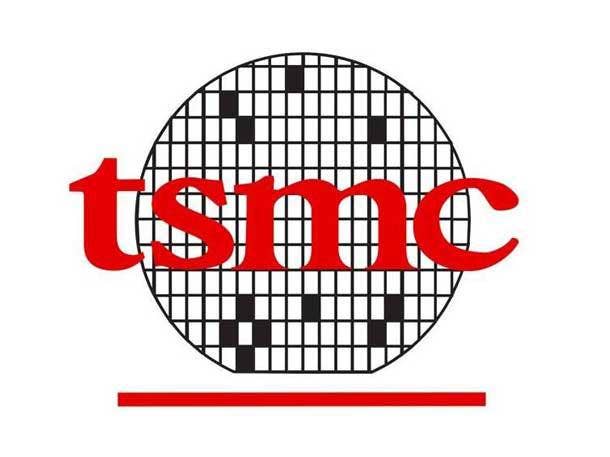Taiwan Power Outage Posed Risk To Semiconductor Output
Taiwan accounts for well over half the world’s semiconductor foundry capacity and is regularly hit by natural disasters including typhoons and earthquakes, and so a power outage in the island has the potential to disrupt the world’s already-stretched semiconductor production, particularly at TSMC, the world’s largest semiconductor foundry.

A power outage in Southern Taiwan that caused the company’s government-run Taipower power utility to institute rolling power blackouts across the island caused a brief disruption in power to Taiwan Semiconductor Manufacturing Co. (TSMC), semiconductor production at the company and across Taiwan appears to have suffered no disruptions.
TSMC, which pioneered the semiconductor foundry business model and is currently the world’s largest semiconductor foundry with customers including Apple, Qualcomm, and Nvidia, reported that power was restored after a “brief power dip” Thursday, Reuters reported.
Other semiconductor manufacturers in Taiwan reported no impact to production or operations, Reuters reported.
[Related: Silicon Valley: One Earthquake Away From IT Disaster?]
TSMC did not respond to a CRN request for further information by press time.
The power outage comes at a critical time both for Taiwan and for the world’s semiconductor business.
CNBC reported in March that Taiwan accounts for 63 percent of the world’s global foundry revenue, with Taiwan-based TSMC alone accounting for 54 percent of the world’s production.
Taiwan-based analyst firm TrendForce Thursday reported that, when it comes to DRAM production capacity in particular, Taiwan companies make up about 21 percent of global production. Taiwan, however, accounts for only about 1 percent of global NAND flash production capacity.
TrendForce also estimated that Taiwan semiconductor companies account for 56 percent of global production capacity for 12-inch wafers and about 40 percent of global production capacity for 8-inch wafers.
Concerns about production disruptions are high given the global semiconductor shortage that is impacting the production of everything from cell phones to electric vehicles.
Concerns about Taiwan are especially high given the island’s combination of a disproportionate share of both global IC production and natural disasters.
Taiwan is currently in a state of drought, which could cause further power interruptions. The island is also subjected to typhoons on a yearly basis, and because of its location on the Pacific Ring of Fire known for volcanic activity, it is subject to severe earthquakes that have caused disruptions in the past.